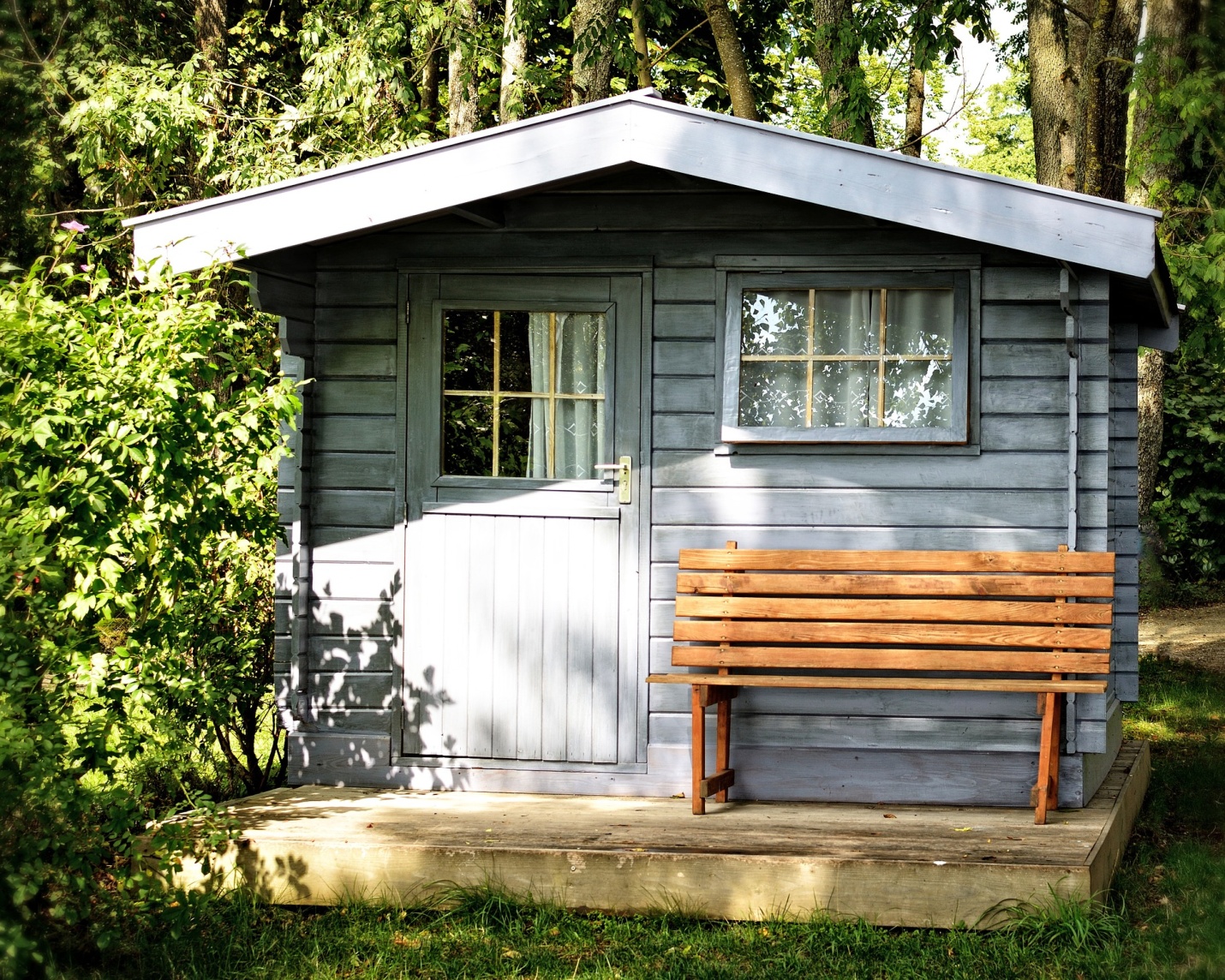Luxury houses have jaw-dropping architecture, grandiose landscaping, robust and high-quality house finishes, and high-technology appliances, and of course, lavish amenities, and spacious rooms for several guests. Indeed, buying a luxury house can provide you with comfortable living facilities.
It is crucial to put all the necessary cautiousness when buying a luxury house. There are many elements you can consider before giving out your money to a home developer. That is why this article is written to give you some tips on how to get your dream Los Angeles luxury homes for sale without regrets.
Your Buying Guide to Get Your Dream Luxury Homes:
1. Look for a Certified Real Estate Agent That Focuses on Luxury Houses:

Generally speaking, luxury houses can be hard to find because of its exclusivity. Sometimes, they don’t appear on several listing services. This is because many homeowners guarded their utmost privacy and stayed as private as possible.
A certified luxury home agent has appropriate knowledge when it comes to a luxury market. They have multiple connections and work exclusively with elite sellers and buyers. An agent should have access to different luxury properties in several cities or states. Moreover, some luxury agents focus on specific niches such as islands, villas, or beach houses.
2. Don’t Get Fooled by Property Photos:
You name it, brochures, pictures, advertisements, videos walk-throughs, and reviews can’t replace the feeling of excitement when you see and feel the floor of a luxury home.
Regardless, if you need to travel hundreds of miles away or across the sea, overseas, etc. visiting the actual house is a must. This is essential because purchasing this property is one of the most significant decisions in your life.
Check the house for yourself, try the amenities, and see all the facilities and rooms if you can. It’s also advisable to visit the house not once but more often at different seasons and times.
3. Create a House Checklist:

Before visiting the actual house, you must first identify your needs and your expectations. Doing this can help you handle your emotions to avoid an impulsive and uneducated decision. For example, if the house has a large home theater and wine cellar, but you won’t be using them, then what’s the point of paying?
4. Manage Your Documents Appropriately:
Purchasing Los Angeles luxury homes for sale are not the same as buying a starter home or condo unit. High-end home markets carefully examine the capacity of the buyer’s ability to pay.
Therefore, managing your financial documentation before looking for a house is a must. It is essential to prove your capacity to pay a million-dollar charming home. Sellers will also determine if you can pay in cash or loan. But if you are going to purchase luxury homes, it is highly recommended to pay them in cash or check.
When buying a luxury home, ensure that you check if it will have a higher resale value, in case you decide to sell it in the future.
Read Also:






















